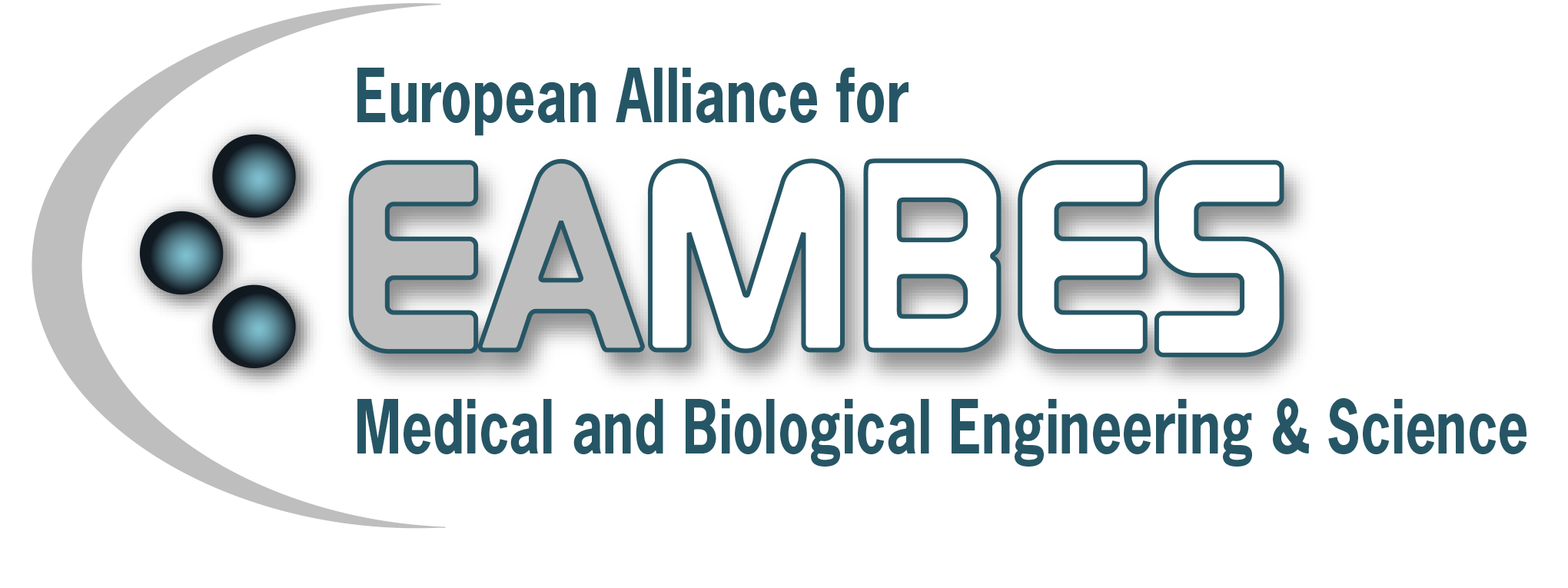Regulatory Affairs
Medical technology is an elementary component of modern healthcare. The Regulations (EU) 2017/745 on medical devices (MDR) and (EU) 2017/746 on in vitro diagnostic medical devices (IVDR) are the legal bases for marketing medical devices in the European Union market. The problem: The requirements are extraordinarily high and cause serious problems for all medical technology players. There is therefore a risk that many medical technologies will no longer have a chance to reach the patients and the market.
The professional circles are discussing the following problems in particular:
- High requirements: The MDR causes a considerable documentation effort. Companies must hire experts and build up know-how. Experts are in short supply, and costs incurred must be earned on the market. As a result, budgets for research and development are subject to cuts.
- Unclear requirements: The legal text of the MDR is long and in need of interpretation. In addition, there are legislative amendments and corrections, European implementing and delegated acts, guidance documents, horizontal laws affecting medical devices, and laws implementing the MDR in EU member states. As a result, since its publication, professionals have been struggling over interpretations of terms, definitions, and proposals for practical implementation. Even before the MDR comes into force on 26 May 2021, the EU Commission has already amended it three times due to various shortcomings. There are already more than 100 guidances to explain the incomprehensible and partly erroneous text.
- Lack of prerequisites: Many prerequisites that companies need for the smooth implementation of the MDR are missing. These include a fully functional European medical device database (Eudamed), different EU legal acts, MDR-harmonised standards, and a sufficient capacity of Notified Bodies.
- SMEs have a problem: Young, small, and medium-sized manufacturers of medical devices are particularly affected by the MDR. They have only limited resources in terms of capital and competence. They lose competitiveness. Start-ups and newcomers will also find it difficult. Most likely, the MDR will result in many medical devices and companies not being able to survive on the market.
- Science and research have a problem: medical technology research is almost always applied research. The goal is to develop fundamental technical solutions that benefit patients in health care. This requires intensive cooperation between research institutions, hospitals, and universities with companies in the medical technology sector. The new documentation requirements of the MDR also have an impact on research and make it more difficult to connect the results. Consequently, regulatory requirements must already be adequately considered during research to be able to transfer R&D results to later applications in healthcare.
- Medical care has a problem: the increased requirements of the MDR mean that certain medical devices are either more expensive or are no longer provided by the manufacturers, as the overall effort is no longer worthwhile in individual cases. Spare parts are no longer available, repairs can no longer be carried out compliantly, and in individual cases, it is unclear whether a product in question will continue to be offered on the European market. As a result, the treatment in question can no longer be carried out.
The implementation of the MDR requirements is currently underway. EAMBES is committed to ensuring that innovative medical technology continues to have a chance to be researched, developed, clinically investigated, and marketed in Europe, despite ever-increasing regulatory hurdles.
The currently dominant issue is the availability of Notified Bodies. In view of the large number of existing medical devices that need to be recertified, the capacities are not sufficient, not to mention new types of medical devices that need to be certified for the first time. The EU Commission has realised this problem and sees the risk of a shortage of medical devices if manufacturers are not allowed to continue placing their products on the market after the expiry of the old certificates. Therefore, the EU Commission has postponed the end of the MDR’s transition period from 26.05.2024 to 31.12.2026 for implantable class III custom-made devices, to 31.12.2027 for class III and certain implantable IIb devices and to 31.12.2028 for all other devices. However, some conditions regarding Notified Bodies to be involved must be fulfilled. The so-called sell-off deadline of 26.05.2025 has been dropped.
This amendment of the MDR was important and, above all, likely solves the threatening certificate bottleneck regarding the old transition period on 26 May 2024. However, it does not solve the fundamental problem of excessive regulatory bureaucracy.
